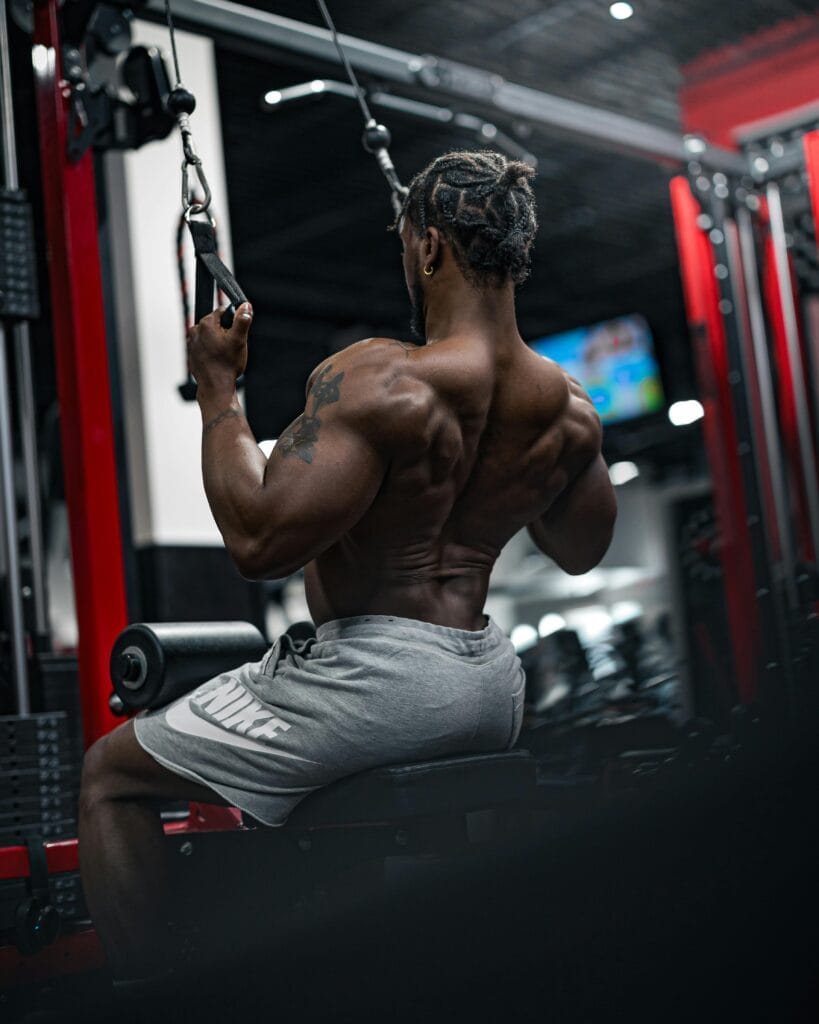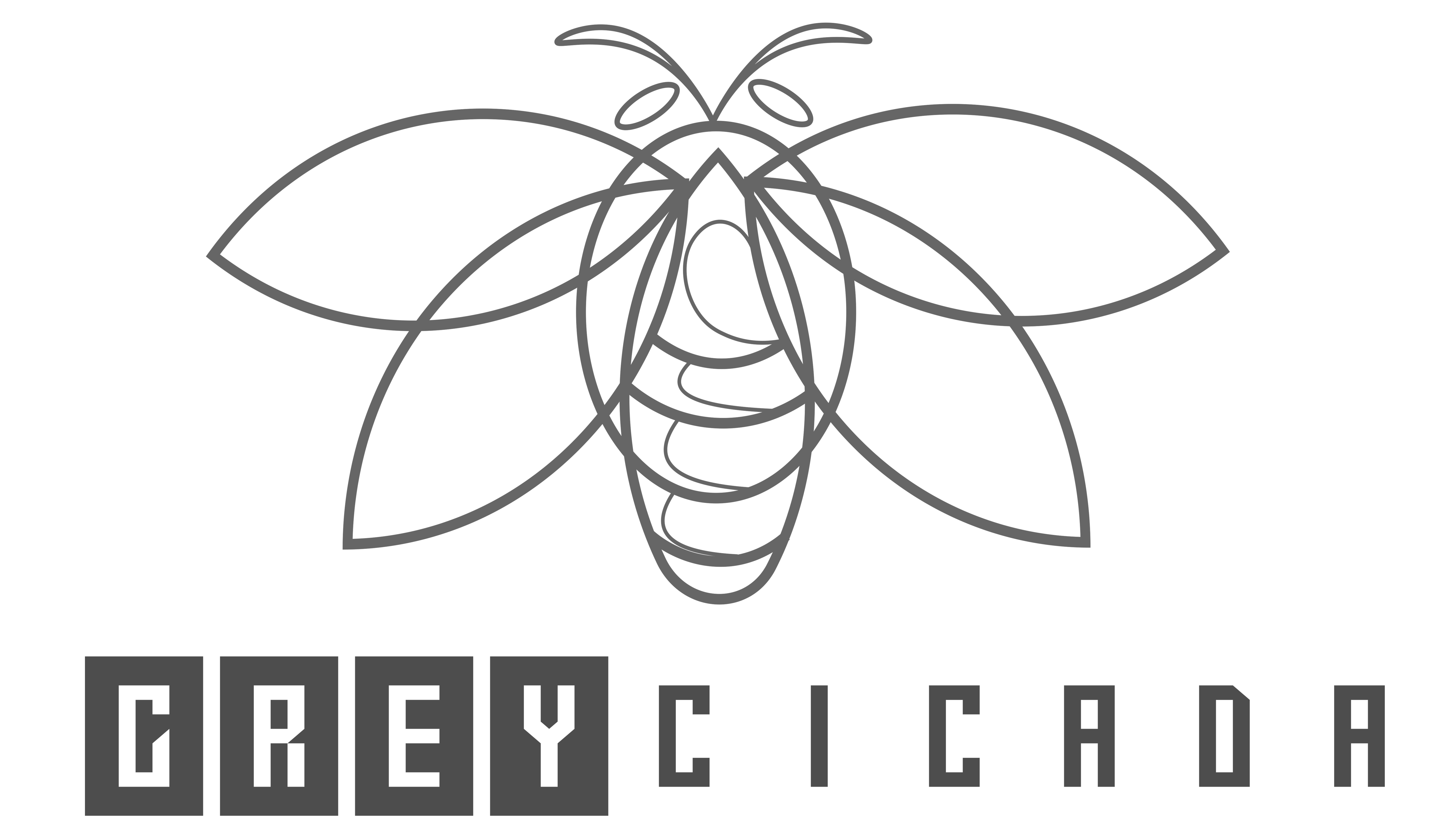FREE SHIPPING OVER $50
The Muscle Activation Tricks Natural Bodybuilders Don’t Want You to Miss

Have you ever found yourself in the gym grinding through set after set, yet feeling like a specific muscle group just isn’t getting the memo? Maybe your arms are growing, but your chest lags behind, or you feel the squat more in your quads than your glutes. It is a common, frustrating plateau for anyone trying to build a physique naturally. You follow the programs, you lift the weight, but the desired muscle activation—that deep, satisfying burn in the target area—eludes you.
Fortunately, there is a science and an art to making a muscle fire correctly, and the best natural bodybuilders have mastered this. They understand that lifting heavy is only half the battle; the other, more crucial half is neuromuscular efficiency—the ability to intentionally contract the right muscle. These top athletes rely on a few specific exercise cues and mind-muscle connection hacks that they use religiously on every single rep. By incorporating these insider tricks into your own routine, you can finally awaken those stubborn muscles and start seeing the results you have earned.
The Foundational Principle: The Mind-Muscle Connection
Before diving into specific exercise cues, you must first understand the concept that drives them all: the mind-muscle connection (MMC). This is not some abstract, spiritual idea; it is a proven element of neuromuscular training. The MMC involves focusing your attention on the muscle you intend to work and consciously contracting it throughout the full range of motion. Instead of merely moving the weight from point A to point B, you are feeling the muscle fibers shorten and lengthen.
Research consistently shows that using a strong MMC leads to greater muscle activation and superior hypertrophy (muscle growth) when lifting lighter to moderate loads. Since natural bodybuilders cannot rely on performance-enhancing drugs to grow, they must maximize every single rep through perfect execution. Therefore, the goal shifts from lifting the heaviest weight possible to achieving the highest quality contraction possible. Learning to use the six hacks below is your blueprint for forging this powerful connection.
Trick 1: The Pre-Contraction Squeeze – Firing Before You Lift
One of the most effective strategies for ensuring muscle activation is to get the target muscle to fire before you even start the main set. This technique is known as pre-exhaustion or, more simply, the pre-contraction squeeze.
Think of your first few reps as a rehearsal. When performing a movement like a bench press for your chest, you do not just un-rack the bar. Instead, you squeeze your chest muscles hard before the weight even leaves the rack. For glutes, you might perform a small glute bridge or a ten-second hard squeeze between sets of squats. This short, intense contraction helps send a powerful signal from your brain to the muscle fibers, effectively “waking them up” for the heavy lifting to come. By prioritizing this initial, intentional contraction, you ensure the target muscle is already engaged and ready to bear the load, preventing secondary muscles (like the shoulders or lower back) from taking over prematurely. It is a fundamental shift in focus that guarantees quality work.
Trick 2: The “Broken Lever” Illusion – Isolating the Joint
Many compound movements fail to properly activate the intended muscle because the lifter uses too many stabilizing muscles or moves at too many joints. Natural bodybuilders often employ the “broken lever” trick to force isolation, even in movements that involve multiple joints.
Consider the back for a moment. When performing a pull-down, many people pull with their biceps and forearms. To fix this, you must treat your arms like “hooks” or “broken levers”, where the elbow joint is the only one moving. You should initiate the pull by driving your elbows down and back, focusing solely on the contraction in your lats (the broad back muscles). Similarly, during a lateral raise for the shoulders, imagine your hands are simply extensions of the deltoids and focus only on moving your elbows away from your body, preventing the trapezius (traps) from shrugging and stealing the work. This subtle cue physically minimizes the contribution of the surrounding muscle groups, isolating the target muscle for a deeper, more effective contraction and boosting muscle growth.
Trick 3: Use the Tempo Trick – Control the Eccentric
Lifting a weight is the fun part, but lowering it is where the real muscle growth happens. This is the eccentric phase of the lift, and it is crucial. Many lifters rush this phase, missing out on massive muscle activation potential.
The tempo trick involves consciously slowing down the negative portion of the movement to three or four seconds. For example, when doing a hamstring curl, count “one, one thousand, two, one thousand, three, one thousand” as you slowly resist the weight being lowered. The eccentric phase causes the most muscle damage, which is a key driver of hypertrophy. Furthermore, resisting the weight slowly dramatically increases time under tension (TUT), forcing the muscle to work harder and more efficiently against the load. By actively controlling the weight on the way down, you dramatically improve your mind-muscle connection and stimulate fibers you would otherwise miss during a rushed set. This simple adjustment improves your neuromuscular control across all exercises.
Trick 4: The “Screwing Your Feet” Cue – Activating the Glutes and Hips
This powerful exercise cue is essential for anyone struggling to activate the glutes and hips during lower body movements like squats, deadlifts, and leg presses. It is called the “screwing your feet” or “external rotation” cue.
Before you descend into a squat, plant your feet firmly on the ground. Then, without letting your toes actually move, try to rotate or “screw” your feet outwards into the floor. This action immediately forces your hips into slight external rotation, instantly activating the gluteus medius and maximus. When you maintain this tension throughout the entire movement, the glutes remain engaged, ensuring they are the primary drivers of the movement, not just passive observers. This trick prevents your knees from collapsing inward and dramatically increases the muscle activation in your entire posterior chain, leading to stronger lifts and better muscle growth.
Trick 5: The “Shoulder Blade Pin” – For Chest and Back Isolation
For upper body training, especially for chest and back movements, the biggest inhibitor to muscle activation is improper shoulder blade stabilization. When the shoulder blades are loose, the smaller, more mobile shoulder joints take over, leading to poor pec activation and potential injury.
The trick is to pin your shoulder blades. Before performing a bench press, pull your shoulder blades down and together, as if you are trying to hold a pencil between them. This rigid posture stabilizes the shoulder joint and elevates the chest slightly, maximizing the stretch and contraction of the pectoral muscles. For back exercises, like rows, maintain that pinned, retracted position throughout the movement, ensuring that the movement initiates from the lats and upper back, not the biceps. This simple cue effectively isolates the larger muscle groups you want to target, making your compound exercises far more efficient for hypertrophy.
Trick 6: The Peak Contraction Pause – Maximizing Blood Flow
The final, non-negotiable hack used by natural bodybuilders to ensure maximum muscle activation is the peak contraction pause. After you have successfully lifted the weight and fully shortened the muscle fibers, you must pause and squeeze.
This means that at the very top of a bicep curl, you pause for one full second and squeeze your biceps as hard as possible. At the end of a tricep pushdown, pause and squeeze the triceps. During a leg extension, pause when your quads are fully contracted. This brief, intentional isometric contraction at the point of maximum shortness is incredibly effective for two reasons. Firstly, it ensures that you achieve a true, full-range contraction, preventing you from cheating the final few degrees of the movement. Secondly, this sustained squeeze momentarily restricts blood flow to the muscle, creating a powerful metabolic stress response that is a major stimulus for muscle growth. By pausing and truly feeling the contraction, you cement the mind-muscle connection and ensure every fiber is fired.
Transform Your Training Quality
Switching from simply moving weight to consciously activating muscle is the pivotal moment in a natural bodybuilder’s journey. These tricks are not about magic supplements or complicated routines; they are about neuromuscular focus and execution quality. By systematically applying the pre-contraction squeeze, using the broken lever to isolate, controlling the eccentric tempo, implementing the feet-screwing cue, maintaining a shoulder blade pin, and maximizing the peak contraction pause, you stop wasting effort on ineffective reps. Start lifting with intention today, and watch those stubborn muscles finally respond with the growth you have been working for.
Related Articles
- Over 50? These 5 Exercises Rebuild Muscle and Reverse Aging—No Supplements Needed
- If You’re Over 45 and Can’t Pass These 4 Strength Tests, Your Mobility May Be at Risk
- Over 40? Trainers Say These 6 Exercises Are Non-Negotiable for Strength and Longevity
- This Forgotten Bicep Trick From the Golden Era Builds Sleeve-Splitting Arms Fast
- This Bodyweight Move Builds a Stronger Backside Than Deadlifts—And Boosts Flexibility Too



